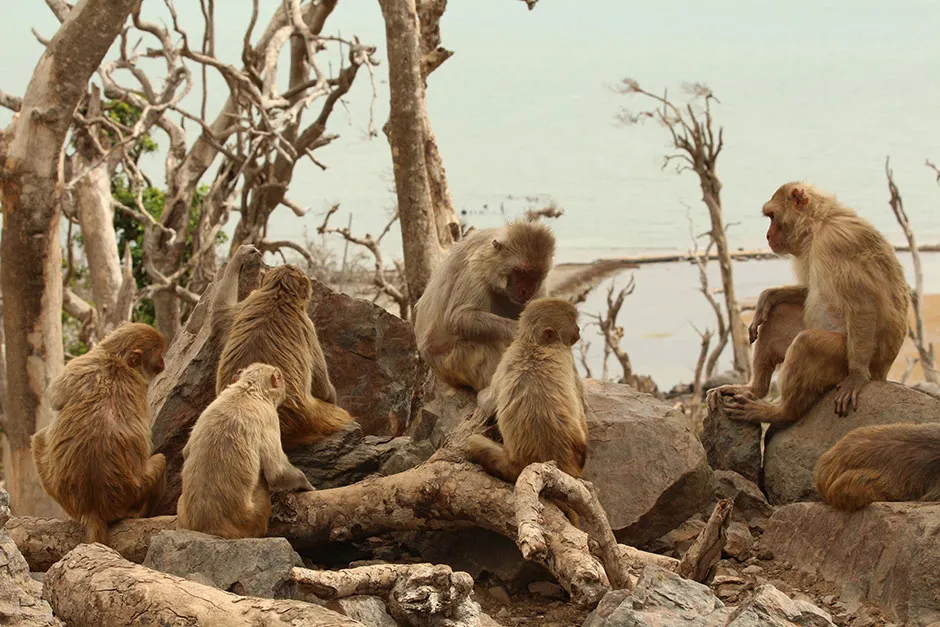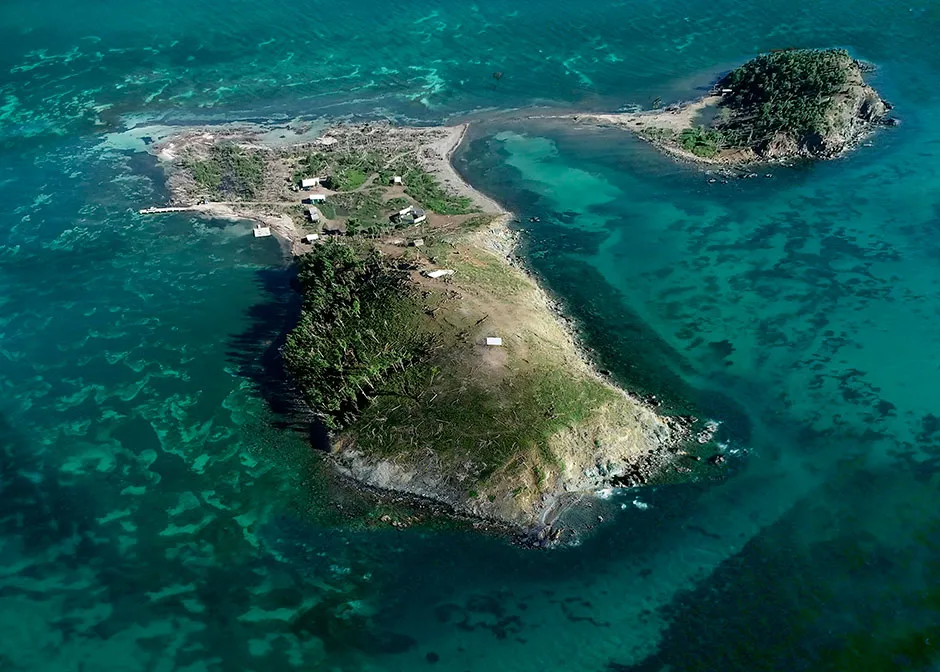Devastating environmental disasters have a way of bringing people together – and scientists have found the same may also hold true for monkeys.
New research involving UK scientists has found that rhesus macaques living in Cayo Santiago, Puerto Rico, made more friends and became more tolerant of each other after a major hurricane ravaged the island in 2017.
Researchers from the University of Pennsylvania and the University of Exeter were already studying the monkeys in Cayo Santiago – also known as “Monkey Island” – when Hurricane Maria hit Puerto Rico, killing more than 3,000 people.

The team said they noticed the creatures suddenly seemed more tolerant of other individuals, including former competitors, in the aftermath of the storm.
“We expected the monkeys would use their closest allies to cope with the ecological devastation of the hurricane and so would invest in their existing relationships," said Professor Lauren Brent, from Exeter University. “Instead, the macaques expanded their social networks and the number of individuals that they tolerated sharing limited resources, like a shady space to sit.”
Three years since hurricane devastation, the macaques appear to have maintained the connections formed after the hurricane – by sitting next to each other or grooming, the researchers said.
Read more about primates:
- Godzilla vs. Kong: A scientist decides who would really win
- Ageing chimpanzees choose old friends over new connections
They found that the increase in social connections was driven largely by those most socially isolated before the hurricane. The animals also opted for the paths of least resistance, forming connections with the friends of their friends, the researchers said.
The scientists said their work supports the hypothesis that friendly social connections could help primates adapt to extreme environmental change.
“They extended their social networks to include more partners," said Camille Testard, a PhD student at the University of Pennsylvania in the US, said.“This tells us that these animals can dynamically respond to major events by tweaking the composition of their social networks – individuals who are socially isolated aren’t locked into that, and new relationships can be formed.”

As part of the next steps, the team wants to investigate the long-term effects of making new social connections – which could also help understand how humans cope in the midst of extreme challenges.
“Social relationships have a surprisingly large impact on human health and being in a poor social environment is a high risk factor for humans – remarkably, as high as other health risk factors such as smoking," said James Higham, associate professor of anthropology at New York University.
“How variation in the social environment gets under the skin and impacts our biology remains unclear. Our work on the impacts of changes in sociality following a natural disaster adds yet another element to this complex dynamic.”
The research is published in the journal Current Biology.
Reader Q&A: Could an ape play rock, paper, scissors?
Asked by: Pad Scanlon, London
In 2017, researchers in Japan and China revealed that they’d taught five chimps the rudiments of rock,paper,scissors by showing them pairs of gestures on a touchscreen, and then giving them food treats when they picked the winning one. The chimps first learned that paper beats rock, then that rock beats scissors and finally that scissors beats paper.
Later, when the chimps were shown paired pictures randomly, they picked the winning sign 9 times out of 10, putting them on a par with a four-year-old child. The chimps weren’t making the gestures themselves, though, so we don’t know if they’d have the dexterity to actually play it.
Read more: